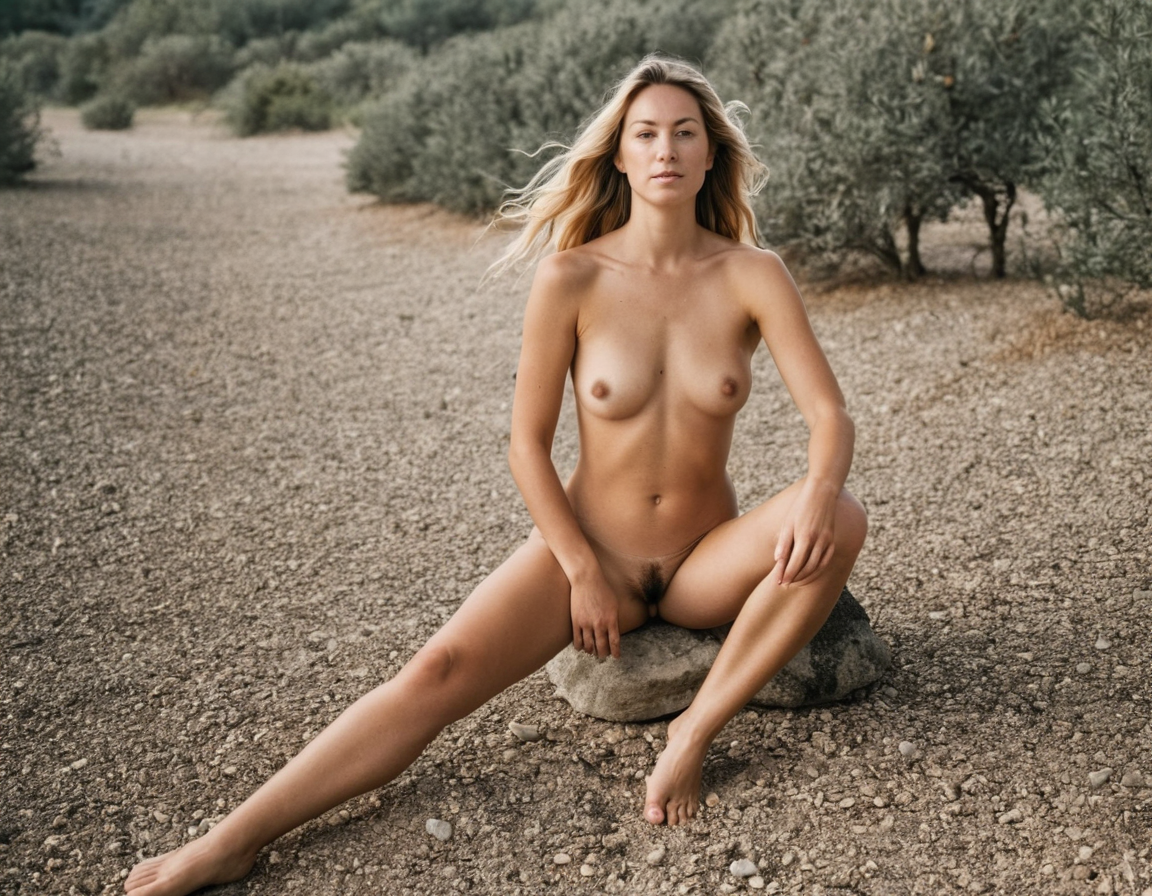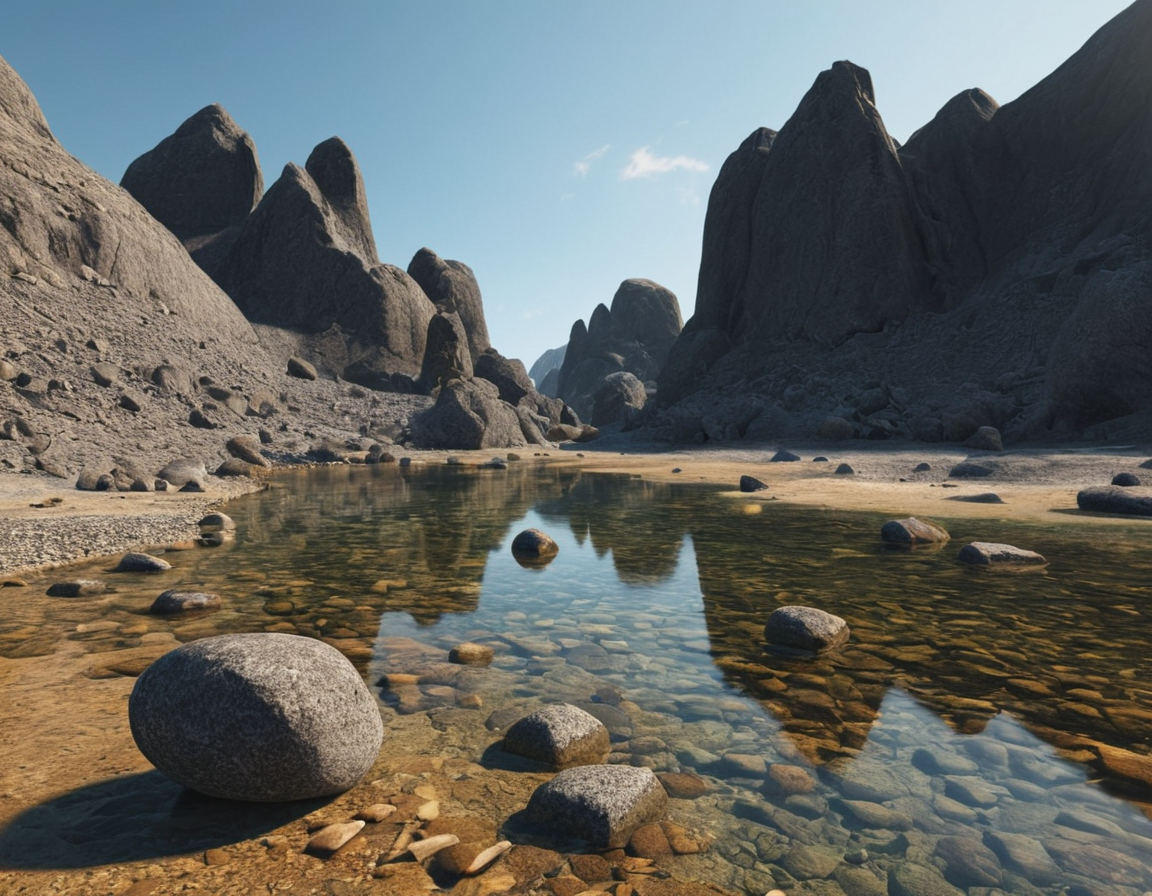Naturism Unveiled: Bare Beauty through Photography

In recent years, naturism has gained popularity as an alternative lifestyle choice for many individuals seeking a more natural and uninhibited approach to life. This philosophy extends beyond just daily routines but also manifests in the artistic expression of photography, where capturing the human form without clothing reveals its true beauty and essence. Naturist photography is not only about celebrating the physical attributes of the body but also showcasing a profound sense of self-acceptance and appreciation for one’s own skin. This blog post will delve into the world of naturism through photography, exploring techniques and tips for capturing this unique form of art.
Capturing the Essence: The Art of Naturist Photography
Naturist photography can be divided into two main categories – artistic nude photography and erotic photography. While both share similarities in their focus on the human body, they differ significantly in their intent and approach. Artistic naturism is about capturing the essence of beauty through light, shadows, and form. The subject’s identity often remains anonymous or obscured to emphasize the abstract concept of the human experience rather than a specific individual. Erotic photography, on the other hand, focuses more explicitly on sensuality and sexual desire, with the aim of evoking arousal in its viewers.
Techniques for Capturing Naturism through Photography
1. Lighting: Mastering lighting is key to creating stunning naturist photographs. Natural light provides the most flattering results, often requiring minimal editing afterward. Early morning and late afternoon sunlight can create warm tones that beautifully accentuate curves and contours. Studio lights can also be used for more controlled settings, allowing experimentation with different effects and moods.
2. Composition: A well-composed photograph is crucial to showcasing the beauty of the human form without distraction or confusion. Framing should aim to highlight essential elements while maintaining balance in the shot. Rule-of-thirds composition divides the frame into nine equal parts, with significant features placed along these lines for a more visually appealing result.
3. Angles and Perspectives: Choosing the right angle can make all the difference between an ordinary photograph and one that truly captures the essence of naturism. Experimenting with low angles can emphasize strength and dominance, while elevated perspectives may evoke vulnerability or surrender. Close-ups focus on specific details such as eyes, hands, or feet, allowing viewers to connect more intimately with the subject.
4. Editing: Post-processing is an essential part of naturist photography, ensuring that images appear polished and professional. Digital editing software can enhance color balance, contrast, sharpness, and overall clarity. However, it’s crucial not to overdo it; subtle changes often yield better results than excessive manipulation that could detract from the image’s natural beauty.
5. Safety and Trust: As naturist photography often involves capturing images of intimate moments or parts of the body, trust between photographer and subject is paramount. Clear communication about boundaries and expectations helps establish a safe space for both parties to express themselves artistically without fear or discomfort.
Embracing Naturism through Photography: A Celebration of Beauty and Self-acceptance
Naturist photography offers a unique opportunity to celebrate the human form in all its glory, transcending societal norms and expectations around modesty and decorum. Through this art form, we can redefine beauty on our terms, embracing self-acceptance, confidence, and appreciation for our own skin. By delving into the world of naturism through photography, we open ourselves up to a new understanding of the human experience and its diverse expressions – an undeniably beautiful discovery worth exploring.

As you continue your journey in naturist photography, remember that patience, practice, and collaboration with your subjects are key elements for success. With these tips and techniques under your belt, you’ll be well on your way to capturing the bare beauty of life through your lens.
